
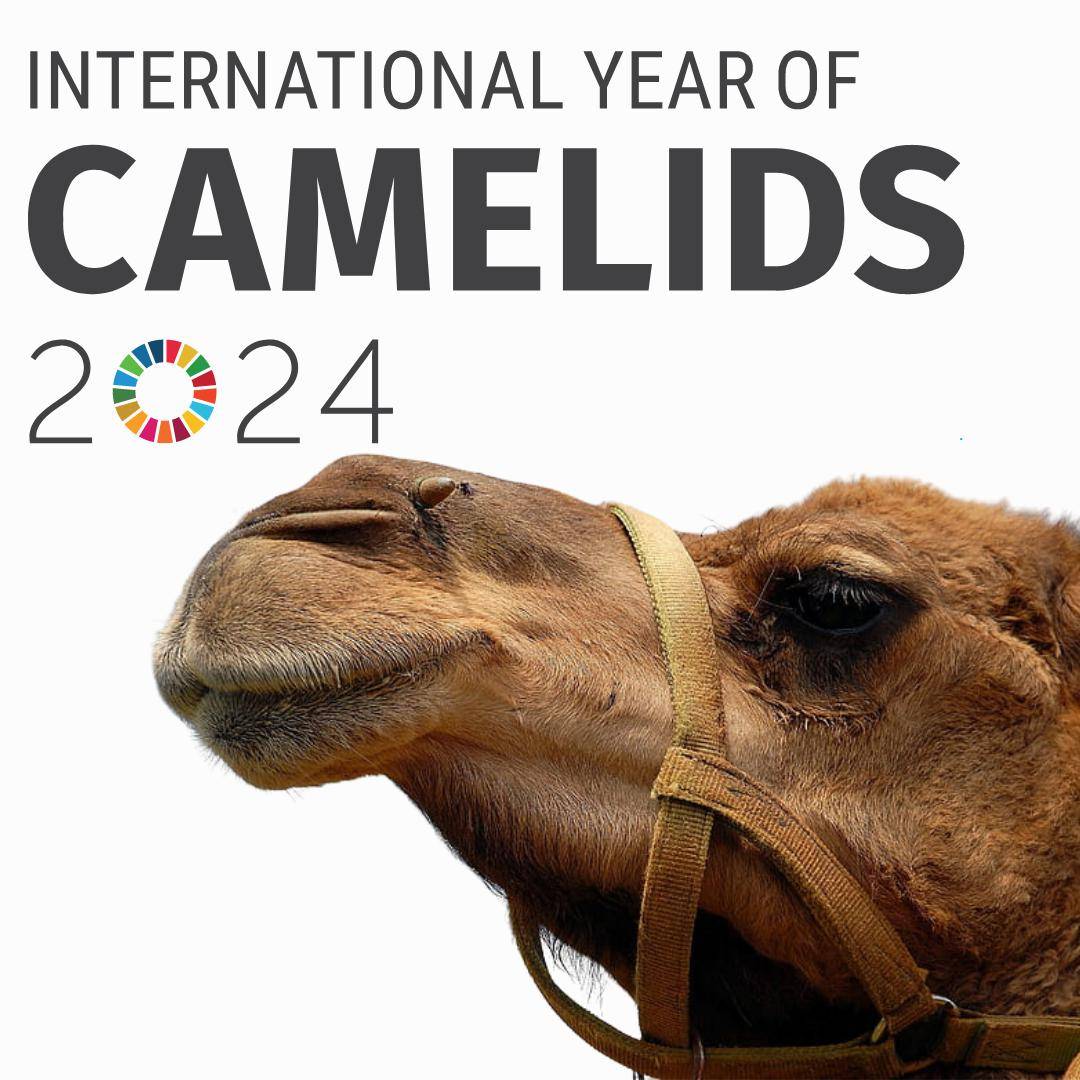
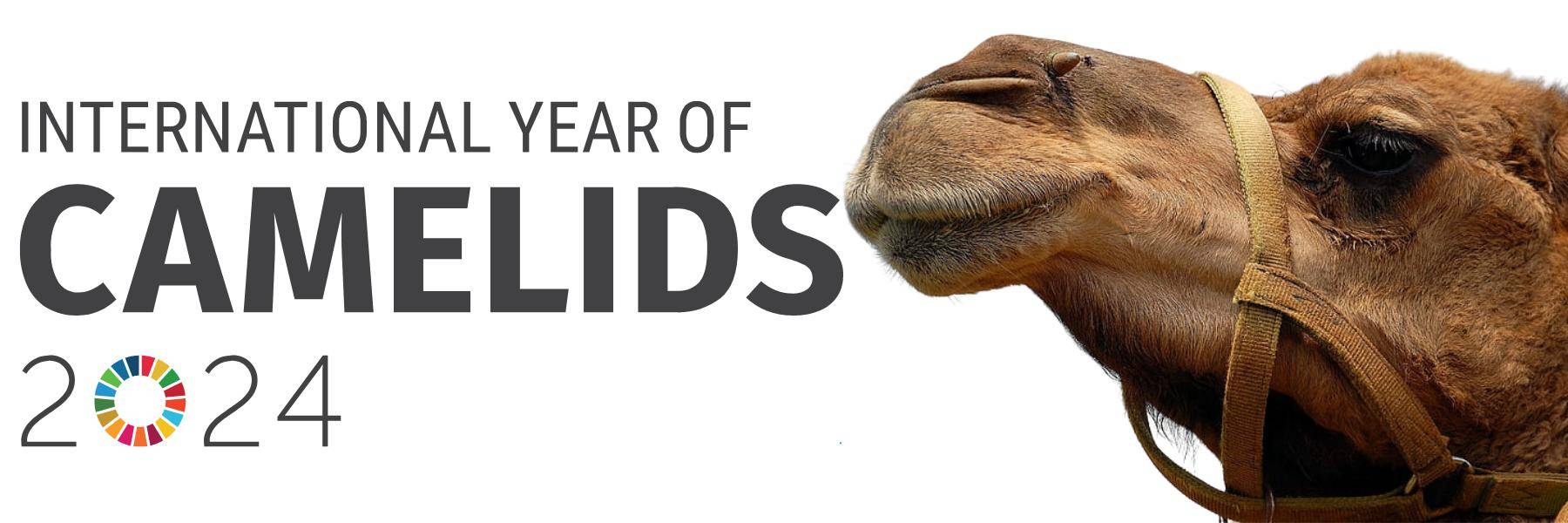
The year 2024 holds a special significance for these majestic creatures – the CAMELS. Declared as the International Year of Camelids (IYC 2024) by the United Nations, it's a time to celebrate their remarkable resilience, vital role in sustainable living, and deep cultural connection with human communities.
Imagine yourself traversing the vast Thar Desert in Rajasthan, India. The relentless sun beats down, the sand stretches endlessly, and the only signs of life are the occasional scrub bush and a lone figure in vibrant attire, guiding a caravan of camels. This is the life of a camel herder, a profession passed down through generations, intricately linked to the survival and well-being of these "ships of the desert."
Camels aren't just impressive desert dwellers but also they're champions of sustainable living. Their unique physiology allows them to thrive in harsh environments where most other animals would struggle. They require a mere fraction of the water compared to other livestock – as little as one-third – making them incredibly water-efficient. This translates to a reduction of over 66% in water consumption for grazing.
But their sustainability goes beyond water conservation. Camels are known for their efficient grazing habits. They can subsist on tough, desert vegetation that other animals wouldn't touch, minimizing land degradation. Additionally, their dung acts as a valuable organic fertilizer, rich in nutrients. Studies suggest it can improve soil fertility by up to 20%,nurturing the very land they graze upon
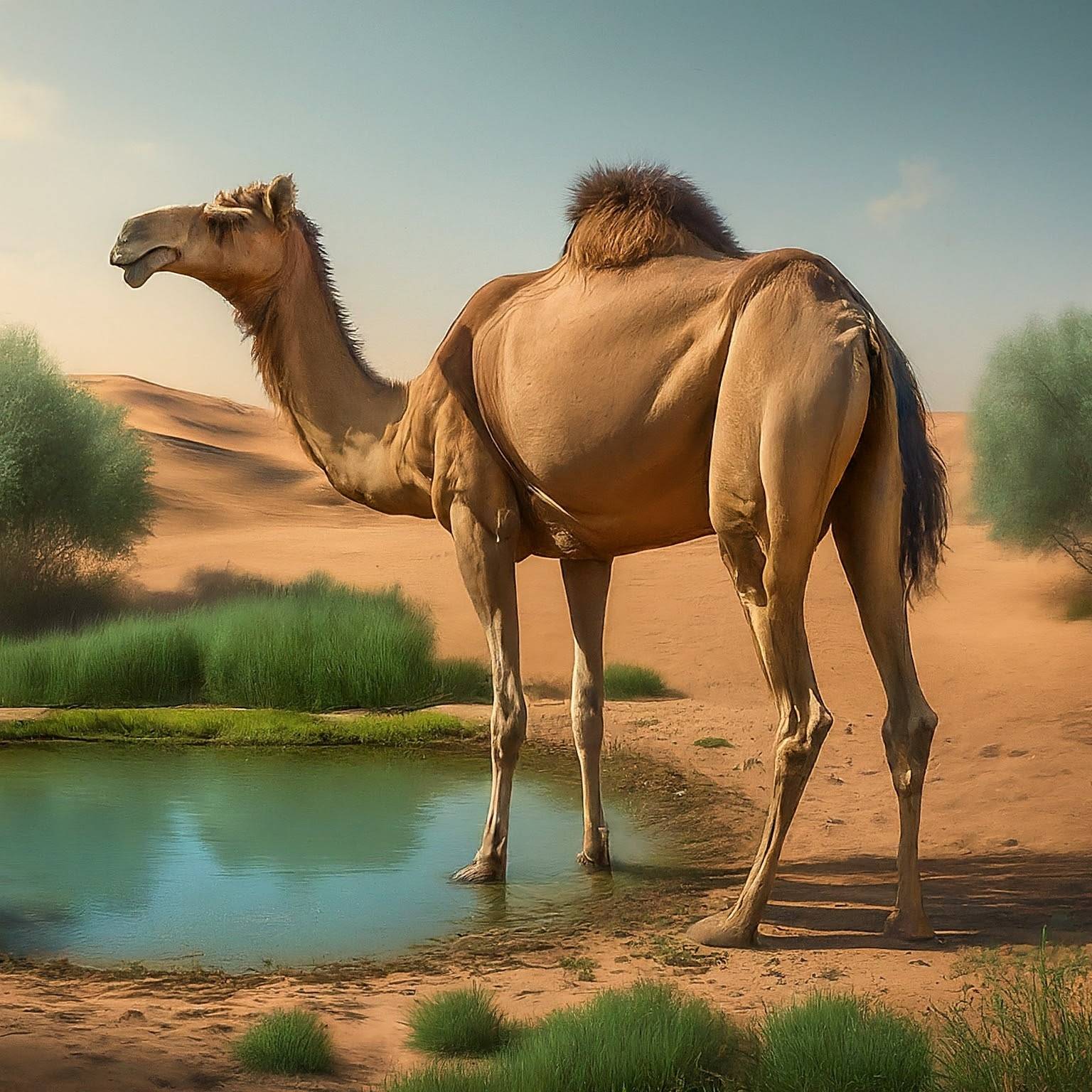
For camel herders, particularly in regions like Gujarat and Rajasthan in India, where around 300,000 camels are found (one of the largest populations in the world), these magnificent creatures are not just livestock but they're an integral part of their lives, culture, and source of income. Imagine the daily routine of a Rabari herder in Gujarat. There are over 120,000 Rabari families in the region, and their lives revolve around their camels. They wake up before dawn, preparing for the day with their beloved camels. These herders possess a deep connection with their animals, understanding their individual needs and personalities.
The day unfolds with the herders leading their camels to graze, navigating the vast desert landscapes. Their knowledge of the land, passed down through generations, allows them to find hidden oases and identify the best grazing grounds. In the evenings, they return to their camps, where the camels provide not just milk but also wool, which is used to create beautiful textiles.
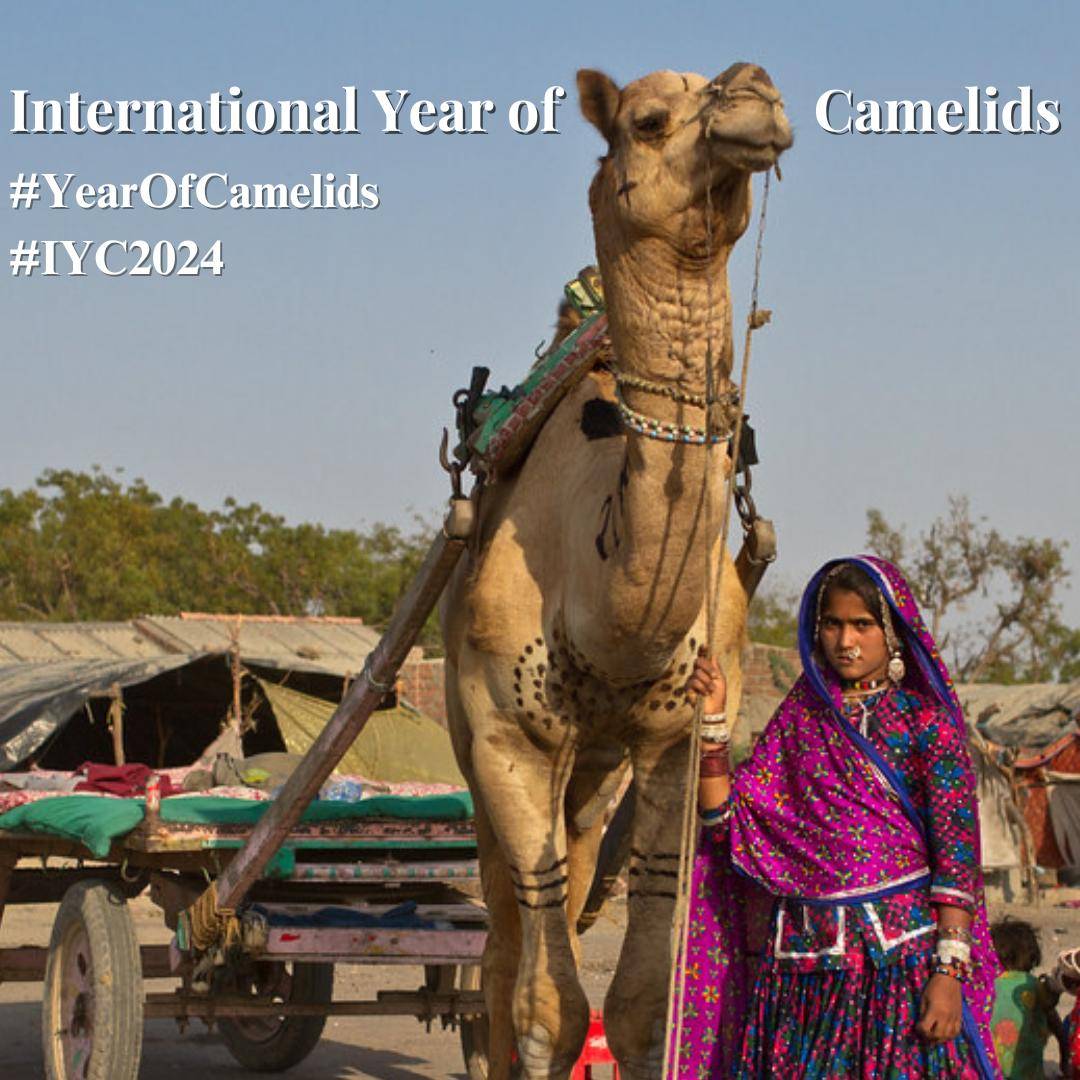
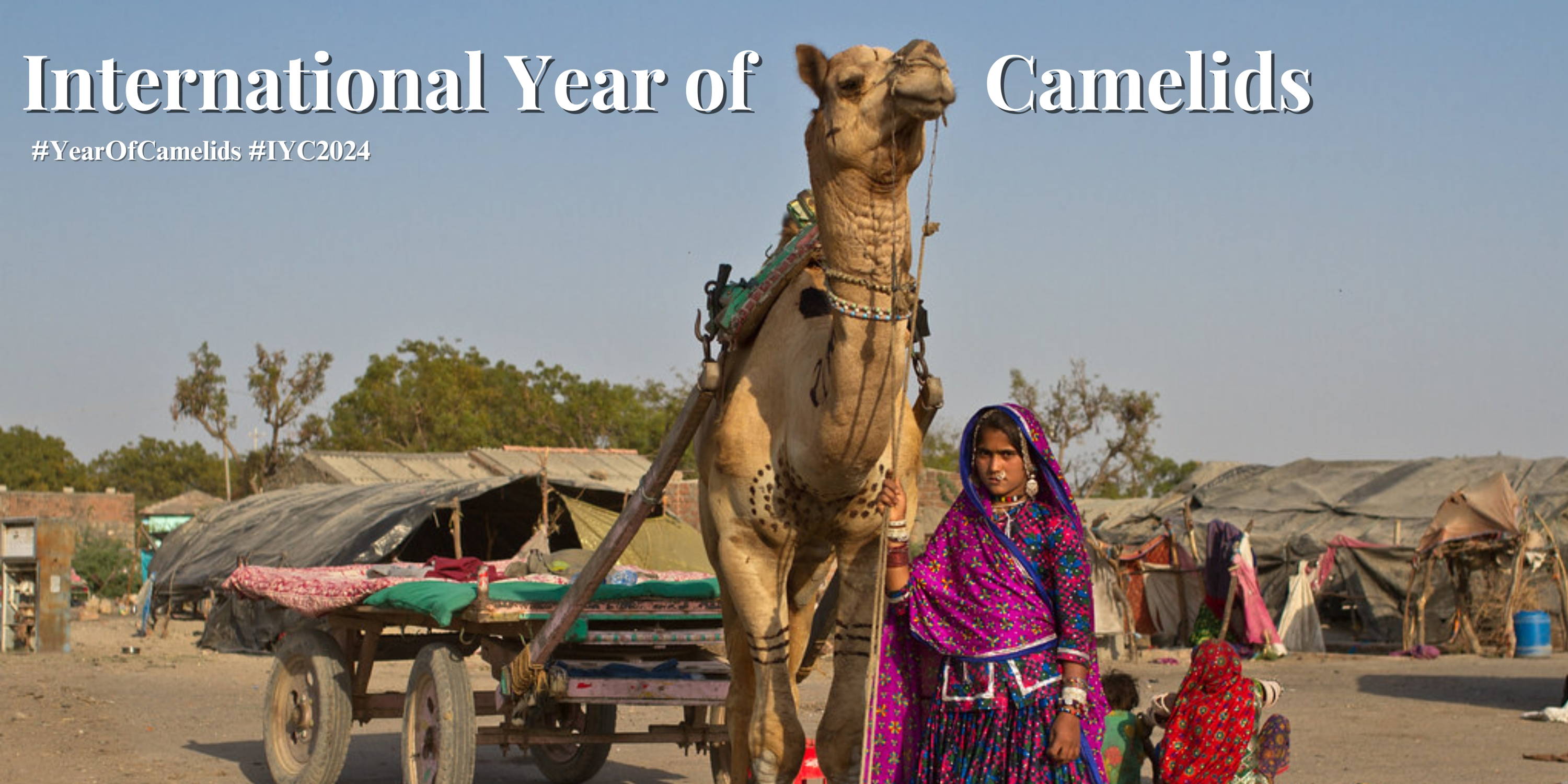
Despite their undeniable contributions, both camels and camel herders face challenges. Climate change and habitat loss threaten the delicate balance of the desert ecosystem, impacting camel populations and grazing lands. Additionally, inadequate infrastructure and limited access to veterinary care, with only around 10% of camels receiving regular veterinary attention, can hinder camel health and productivity.
over 37%In Rajasthan, for example, the once-thriving camel herding communities, with an estimated decline of over 37% in recent years, are facing a decline. Restrictive laws and a lack of support for camel milk production have made it difficult for herders to earn a sustainable living. This, in turn,disincentivizes the younger generation from carrying on the tradition, leading to a potential loss of this valuable cultural heritage.
Despite their undeniable contributions, both camels and camel herders face challenges. Climate change and habitat loss threaten the delicate balance of the desert ecosystem, impacting camel populations and grazing lands. Additionally, inadequate infrastructure and limited access to veterinary care, with only around 10% of camels receiving regular veterinary attention, can hinder camel health and productivity.
In Rajasthan, for example, the once-thriving camel herding communities, with an estimated decline of over 37% in recent years, are facing a decline. Restrictive laws and a lack of support for camel milk production have made it difficult for herders to earn a sustainable living. This, in turn,disincentivizes the younger generation from carrying on the tradition, leading to a potential loss of this valuable cultural heritage.

we can ensure the well-being of both animals and their communities.
Supporting initiatives that promote the use of camel milk and Other Camel Products can empower herders and revitalize their traditional way of life. Organizations like Aadvik Foods in India have shown how investment in camel milk production can benefit both herders and consumers.